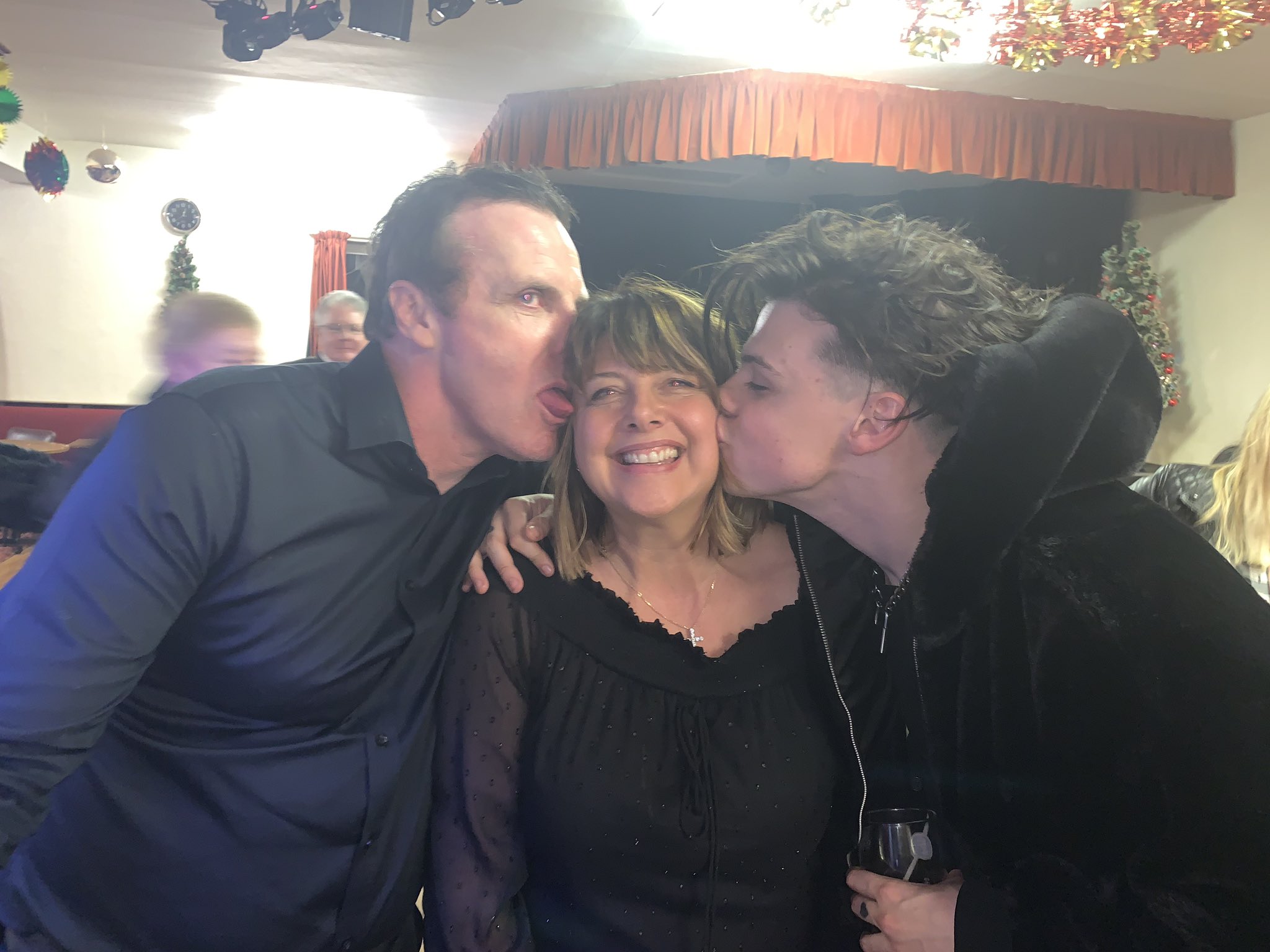On a golden summer night at Pinkpop Festival 2024, something extraordinary happened — two of music’s most beloved singer-songwriters, Hozier and Ed Sheeran, shared the stage for the very first time. Their surprise duet on “Work Song” followed by Hozier’s soul-stirring performance of “Take Me To Church” turned the festival grounds in Landgraaf, Netherlands into a cathedral of sound, emotion, and pure musical magic.
A Collaboration Years in the Making
Though both artists have admired each other for years, this was the first time they ever performed together live. Hozier introduced Sheeran with heartfelt warmth, telling the crowd how honored he was to share this song with him. As the two began strumming their guitars in harmony, the audience quickly realized they were witnessing something historic — two voices from different musical worlds blending into one hauntingly beautiful moment.
Their rendition of “Work Song” was raw, organic, and soaked in emotion. The song’s gospel undertones and Hozier’s soulful depth met Ed Sheeran’s melodic warmth, creating a version that felt both intimate and powerful. Fans later described it as “spiritual,” “goosebump-inducing,” and “the highlight of the entire festival.”
The Magic of “Take Me To Church”
Without missing a beat, Hozier transitioned into “Take Me To Church,” the song that catapulted him into global fame. As thousands sang along to the anthemic chorus, Sheeran stepped back, visibly moved, letting Hozier command the stage. The performance reminded everyone why the song — written as a bold statement about love, humanity, and equality — remains one of the most timeless pieces of modern music.
The pairing of “Work Song” and “Take Me To Church” felt deliberate — one exploring devotion in love, the other exploring devotion in life itself. Together, they formed a powerful emotional arc that left the crowd spellbound.
Two Artists, One Moment of Truth
Hozier’s bluesy, gospel-rooted soul and Ed Sheeran’s pop-folk sensibilities might seem worlds apart, but on that stage, their connection was effortless. There were no egos, no grand theatrics — just two musicians sharing mutual respect and a love for storytelling through song.
Ed later shared online that performing with Hozier was “a total joy,” while fans flooded social media with clips and praise. Many called it “one of the greatest Pinkpop collaborations ever.”
Why This Performance Mattered
In a festival filled with loud anthems and bright lights, this performance stood out because of its honesty. It wasn’t just about celebrity or spectacle — it was about connection. It showed how music, when stripped to its essence, still has the power to move, to unite, and to heal.
For Hozier, it was a reaffirmation of his artistry and authenticity. For Ed Sheeran, it was a moment to show his versatility beyond pop hooks. For fans, it was a memory — one that will be replayed and cherished for years.
Final Thoughts
The Pinkpop 2024 duet between Hozier and Ed Sheeran wasn’t just a live collaboration — it was a reminder of what makes music universal. Two voices, two guitars, one stage… and a crowd that will never forget what they felt when “Work Song” and “Take Me To Church” echoed through the night air.
It wasn’t just a concert moment — it was a spiritual experience.













